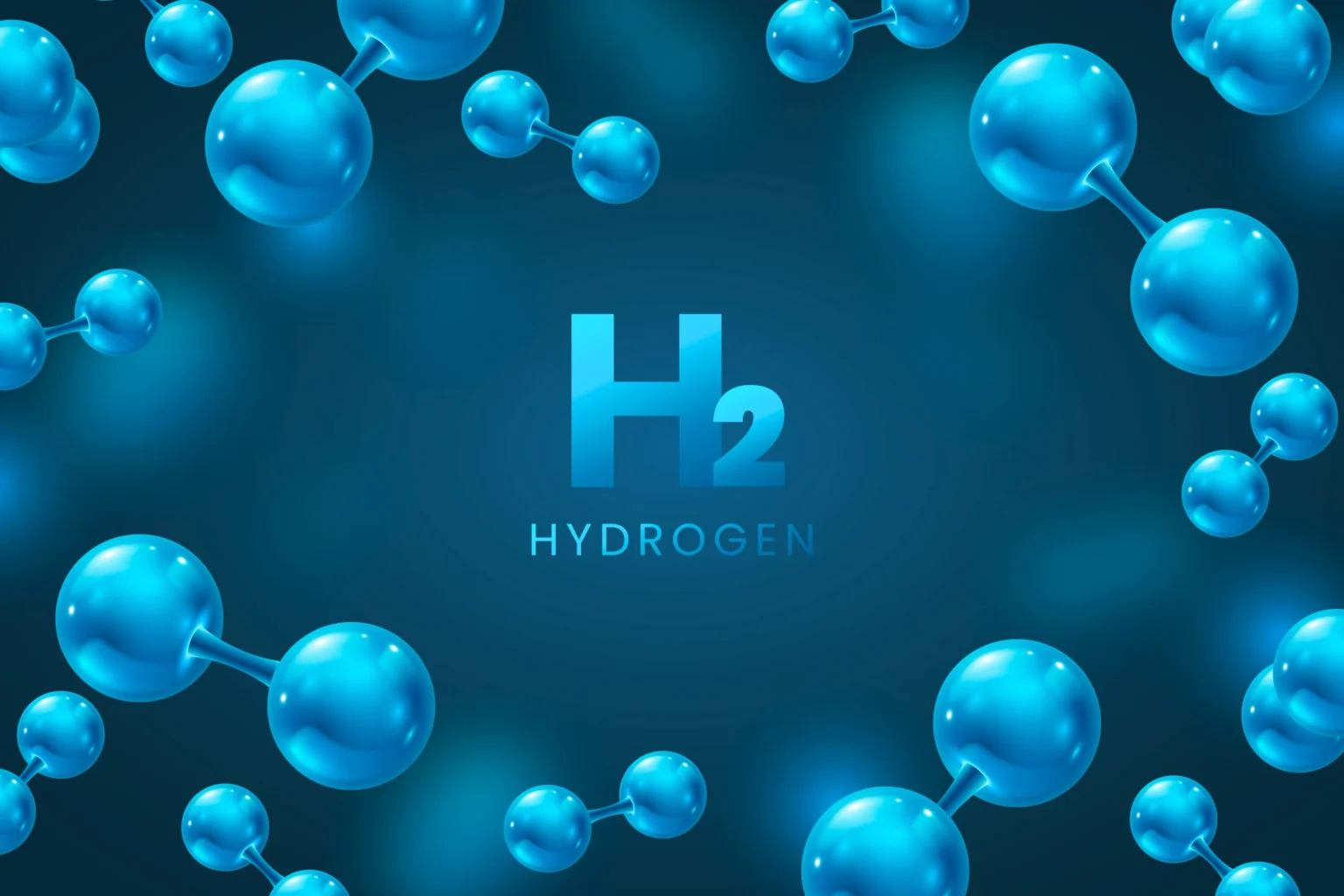The faint hum of lab equipment echoed through the small research chamber as Dr. Ayesha adjusted her goggles. The air was thick with anticipation and the scent of freshly mixed compounds. She leaned closer to the test tube, where a transparent liquid shimmered under the fluorescent light. It was no ordinary solution — it was HCOOCH CH2 H2O, a compound that held within it the secrets of both organic chemistry and industrial innovation. For years, scientists had sought to understand how this unique chemical behaved how its molecular bonds created pathways for reactions that could revolutionize energy, materials, and environmental science. And that day, she was closer than ever to unlocking its mystery.
What is HCOOCH CH2 H2O?
At its core, HCOOCH CH2 H2O represents a molecular compound structured with formate and hydroxyl groups. It is often examined in the field of organic and physical chemistry, particularly in reactions involving esters and alcohol derivatives. The combination of carbon, hydrogen, and oxygen atoms in this formula provides a fascinating insight into how simple elements combine to form complex molecules with significant industrial and environmental implications. This compound’s unique bonding and hydration structure make it a candidate for studying reaction mechanisms, hydrolysis, and molecular transformations all fundamental in both laboratory research and chemical engineering applications.
Understanding the Structure and Composition
Breaking Down the Formula
To truly appreciate the chemistry behind this compound, we can break it into its components:
-
HCOOCH : Represents a formate ester or formic acid derivative.
-
CH2 : Indicates a methylene group, connecting molecular fragments.
-
H2O : The universal solvent, water, which participates actively in many chemical reactions.
When combined, HCOOCH CH2 H2O creates a unique chemical entity that demonstrates reactivity between organic molecules and water, a foundation for many biochemistry and environmental processes.
The Chemical Behavior and Reactions
1. Hydrolysis Process
Hydrolysis is one of the most significant reactions associated with this compound. In this process, the presence of H2O plays a crucial role in breaking chemical bonds, transforming esters or other organic compounds into alcohols and acids. The reactivity of HCOOCH CH2 H2O under hydrolytic conditions can lead to the formation of simpler, useful chemicals used in industrial synthesis.
2. Catalytic Reactions
When exposed to catalysts such as acids or bases, this compound can undergo rearrangements, leading to the formation of intermediate compounds used in polymer formation, fuels, and biochemical precursors. These reactions help industries produce sustainable materials with reduced environmental impact.
Industrial Applications of HCOOCH CH2 H2O
1. Role in Organic Synthesis
In the realm of organic synthesis, this compound is used as a building block for creating complex molecules. Its functional groups allow chemists to manipulate reactions for the creation of pharmaceuticals, fragrances, and solvents.
2. Energy and Fuel Innovations
Research has also explored HCOOCH CH2 H2O as a potential intermediary in biofuel production. Its structure allows for efficient energy conversion and may serve as a model for synthesizing cleaner fuels that reduce carbon emissions.
3. Environmental Chemistry
In environmental studies, the reactions involving this compound provide insight into biodegradation and carbon cycling. Its molecular dynamics mimic how natural organic matter interacts with water, helping scientists understand pollution breakdown and renewable processes.
Laboratory Insights and Experimental Uses
Analyzing Reaction Pathways
Researchers studying this compound often use spectroscopy, chromatography, and computational modeling to observe reaction pathways. Through these methods, they can determine how temperature, pH, and pressure affect molecular stability and transformation rates.
Safety and Handling
While generally safe under controlled conditions, handling HCOOCH CH2 H2O requires adherence to laboratory safety protocols. Proper ventilation, gloves, and eye protection are essential when conducting reactions involving volatile organic components.
Educational Relevance and Learning Perspective
A Perfect Model for Students
For chemistry students, studying this compound provides a hands-on example of reaction kinetics and molecular interactions. It bridges the gap between theoretical understanding and practical experimentation.
Connecting Theory with Real-world Applications
By exploring how water interacts with organic molecules, learners can grasp broader concepts like acid-base reactions, oxidation-reduction processes, and organic compound synthesis, which are fundamental to chemistry education.
Environmental and Sustainable Impact
Green Chemistry Perspectives
The study of compounds like HCOOCH CH2 H2O aligns perfectly with the goals of green chemistry reducing waste, maximizing efficiency, and utilizing renewable resources. Its behavior helps chemists design eco-friendly synthesis routes that are energy-efficient and less polluting.
Contribution to a Sustainable Future
Understanding its molecular structure aids in the development of bio-based materials, contributing to a sustainable approach in industries ranging from energy to manufacturing.
Challenges and Future Research
Although much is known, scientists continue to explore new ways to harness the potential of HCOOCH CH2 H2O. Future research may focus on:
-
Enhancing its stability under various environmental conditions.
-
Developing catalytic processes that increase its reactivity control.
-
Exploring its potential in nanomaterial synthesis and biochemical modeling.
These directions promise advancements that could impact energy, environment, and medicine in the coming decades.
Conclusion: The Molecular Bridge Between Science and Sustainability
In the vast landscape of chemical discovery, HCOOCH CH2 H2O stands as a bridge between simplicity and sophistication. From Dr. Ayesha’s laboratory curiosity to its profound implications in modern science, this compound showcases how even the smallest molecular structures can drive significant progress. Its study not only deepens our understanding of organic reactions but also paves the way for sustainable innovation in chemistry and industry alike.








